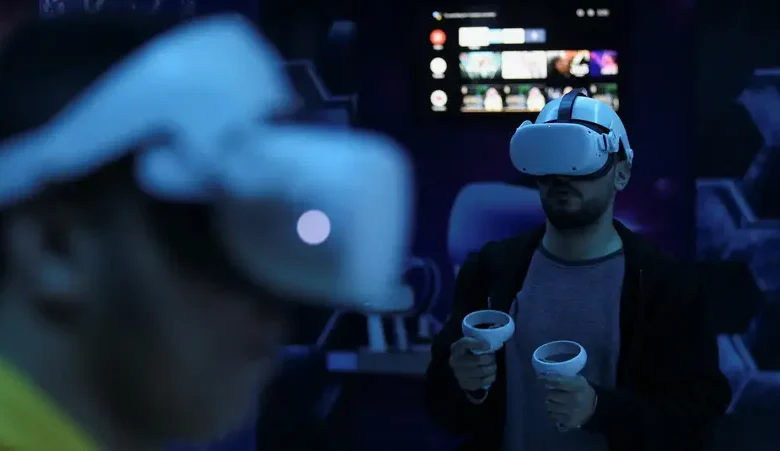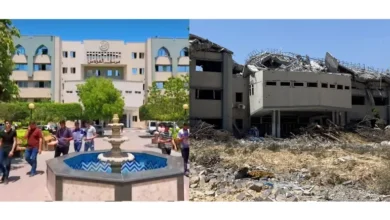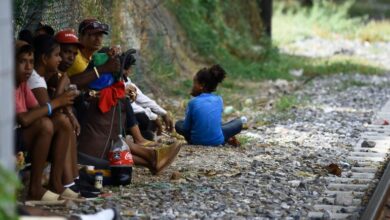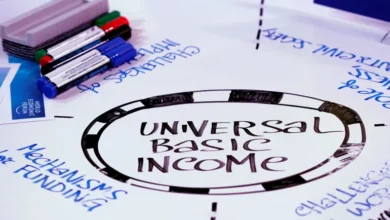School in the metaverse: What the education models of the future will look like

When Facebook’s Mark Zuckerberg popularised the concept of the ‘metaverse’ back in 2021, it sent shockwaves through the public landscape. What was an imminent but not-quite-tangible concept had suddenly become real; an immersive virtual world you can access from anywhere through a special headset. Although divisive from the outset, over 160 companies worldwide have already embraced the metaverse for business. With the recent launch of the world’s first metaverse school, the emerging technology is beginning to make waves in the education sector.
Working as an AR (augmented reality) & VR (virtual reality) lead at a global online school, I can see the metaverse revolutionising education. Each day while students and teachers work directly with these new technologies, the picture becomes clearer; VR and the metaverse in education are here to stay. Put the tech geek in me aside; I am a teacher by trade, and this side of me sees the value of metaverse schools as a positive development for the next generation of learners.
The timing of the emergence of metaverse education is no coincidence. During the coronavirus lockdown, parents and teachers not only recognised technology as a social and educational lifeline for children, but we’ve become increasingly comfortable with the presence of tech in education since; online lessons, interactive games and personal iPads are now ordinary parts of school life. Pair this with a greater sensitivity to the diverse ways children learn, and we are in a cultural environment primed for significant innovation in how we educate our youngsters.
The latest research into innovative tech in education shows striking results to back this up. In September 2022, accountancy firm PwC found that 40 percent of learners using VR in lessons are more confident in applying what they learned and are 150 percent more engaged. A recent UK study shows that almost a quarter of parents agree that their child has a specific way of learning catered for in the metaverse. The same research also found that 48 percent of children already have access to the metaverse or a VR headset at home, while more than a third do at school.
Stats like this help paint a picture of the changing attitudes and technological environments that are taking shape at school and home. However, what has been missing from the conversation so far – and perhaps what accounts for many people’s apprehension – is understanding what VR or the metaverse in schools looks like and how they are applied. Having played a key part in a metaverse pilot programme at my school, I’m grateful to be able to shed some light on what understandably still feels like uncharted waters.
For starters, some of the most impressive things we do within our metaverse school are science experiments that are either impossible or too dangerous to perform in a classroom. These include standing on the moon’s surface to observe the solar system or stepping into a brain cell and seeing its inner workings. Things that were once limited to lectures or textbook diagrams are brought to life in front of the student’s eyes.
In a recent metaverse biology lesson, for example, the class studied the function of the human heart. Students could step into the organ, notice its chambers, and observe the flow of blood through the valve system, all without braving the uneasy sight of an animal’s heart on a school lab table. One student reflected: “In a normal classroom, if [there was] a human heart, I wouldn’t go anywhere near it, but in the metaverse classrooms, you’re not holding anything, but you actually are”.
“There are so many opportunities to try new things”, said another, and they are exactly right. We’ve used the metaverse in geography to go on instant field trips to anywhere in the world or in history to travel back to the trenches of World War II. It’s even been a game-changer in the languages department, where we’ve transported students to a virtual French restaurant or a Spanish doctor’s office to practice their skills. The metaverse gives students an immersive understanding of what they are studying that can be achieved in any lesson on any day; we no longer have to wait for school trips for an extraordinary experience.
Beyond the novelty factor, what’s been most exciting for me as an educator is seeing how well our students respond to this new way of learning. Knowledge retention has been fantastic; once a student has explored an object or concept visually in the metaverse, it’s much easier for them to remember — hardly surprising given that Gen Z are more visual learners than previous generations. The students I work with pick up the function of the VR headset and motion controllers very quickly, taking a maximum of half an hour for the technology to become second nature.
Admittedly, a group of students in a classroom donning space-age-looking headsets and wielding strange devices can be an unusual scene. The most common concerns among parents and teachers centre around children’s social skills being compromised and the risk of them losing touch with reality. However, once we understand that the aim of using innovations like the metaverse isn’t to replace human interaction but to enhance children’s learning opportunities where we can and where it makes sense, we can begin to understand its true potential. More than this, metaverse schools are an incredible opportunity for connection; our metaverse has connected students from 84 schools in 24 countries across the globe in one virtual space!
If there’s anything that I’ve learned in recent years, it’s that young people today are wired differently from their teachers. The fact that learning in the metaverse is so intuitive to our students further consolidates my view that education must always meet the student where they are to remain relevant and effective. Metaverse schools offer an immersive education experience that puts students at the heart of how they learn. As virtual/physical hybrid learning becomes the ‘new normal’ in education, I am confident that whatever comes next will also be a positive response to the ever-evolving needs of future generations.










